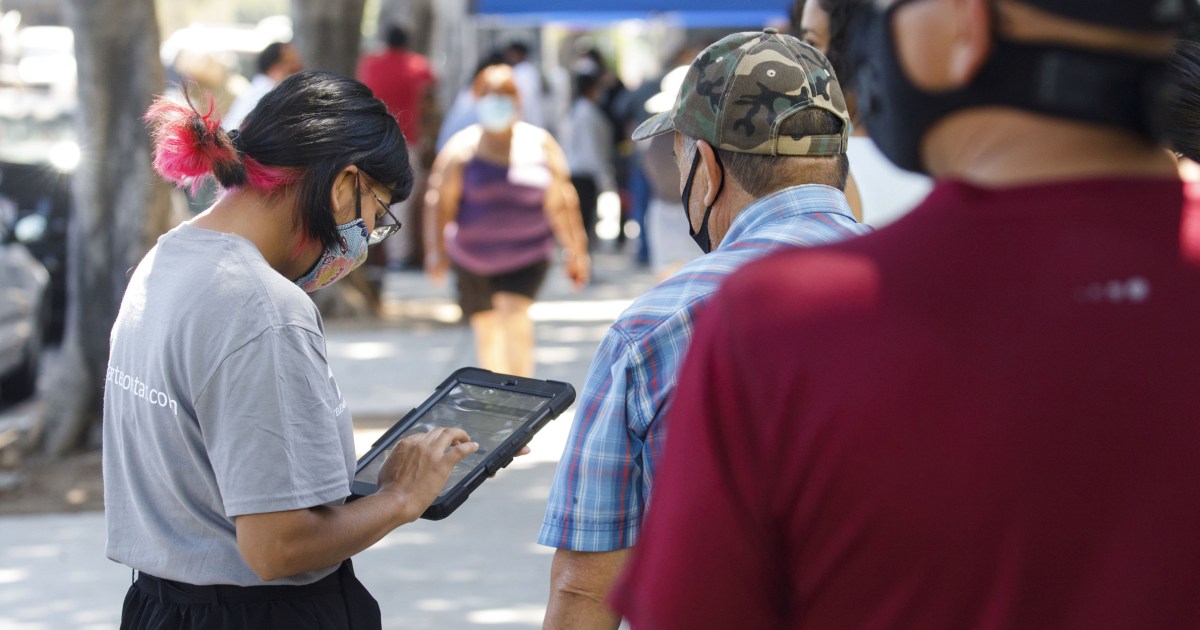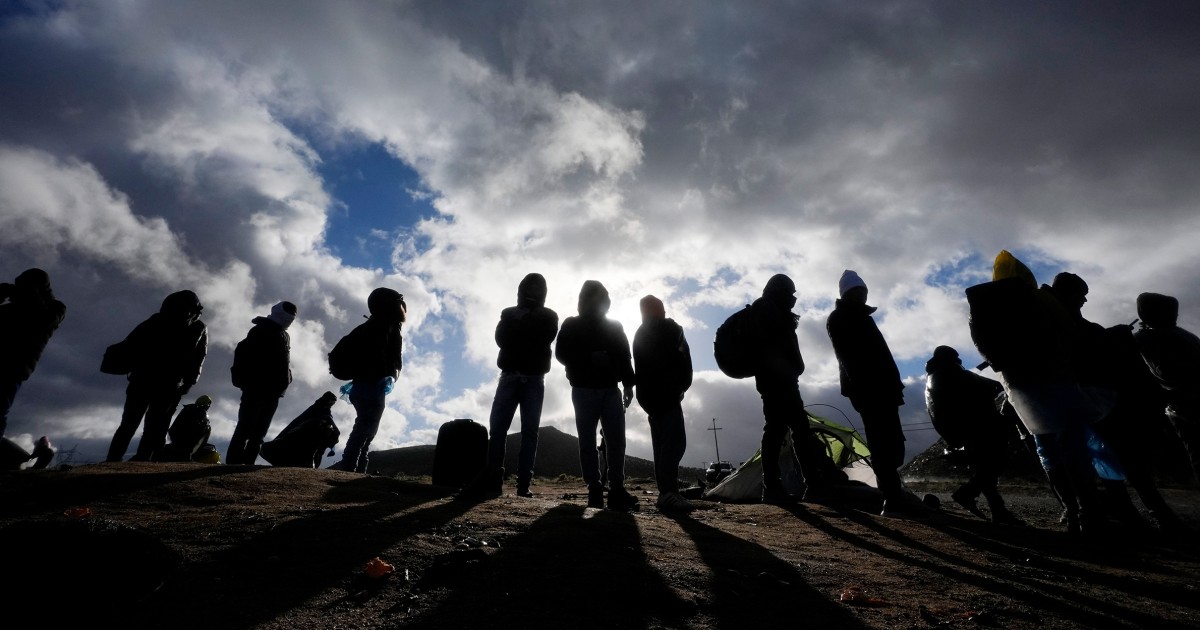The art of these "bedspreads" brings Latin culture to life 3:08
Editor's Note:
Mark Hugo Lopez is director of racial and ethnic research at the Pew Research Center.
He is an expert on issues of racial and ethnic identity, the culture and politics of Latinos, the Hispanic and Asian populations of the United States, global and internal immigration, and the demographic landscape of this country.
Lopez received his Ph.D. in economics from Princeton University.
It appears frequently in the US and foreign press in English and Spanish.
(CNN Spanish) -
The Hispanic population of the United States reached a record 62.1 million people in 2020, according to the United States Census Bureau. This is a 23% growth since 2010, when the population was 50.5 million, and six times more than that existing in 1970, when it was 9.1 million. The US Hispanic population is larger than the populations of Spain and of any country in Latin America, with the exception of Mexico (which has 130 million people) and Brazil (with 213 million people).
The growth of the Hispanic population is a key factor in the changes of racial and ethnic diversity in the US More than half of the growth of the US population in the last two decades is due to Hispanics; the Hispanic proportion of the US population has grown from 13% in 2000 to 19% in 2020. Today, Hispanics are the largest racial or ethnic group in the country; only the white population surpasses them. And Hispanics are anticipated to continue to play a critical role in that growth in the future: By 2060, Hispanics are projected to make up 27% of the US population. In other words, one in four people in the US will identify as an individual of Hispanic heritage.
Bad Bunny, Nayib Bukele, Luiza Trajano and Elisa Loncón among the Latinos of the 100 most influential of Time magazine 2021
In addition to driving demographic changes in the US, the Hispanic population is also experiencing changes due to US influence.
Mark Hugo Lopez.
Immigration has been a determining factor in the growth of the Hispanic population since the 1960s, but it is no longer the main one.
Births within the country have taken their place: Between 2010 and 2019, there were 9.3 million births to Hispanics in the U.S., and 3.5 million newly arrived immigrants.
As a result, immigrants represented 33% of the national Hispanic population in 2019, below the peak they reached in 2000 with 40%.
advertising
Other trends are transforming the history of Hispanics as well. As the Hispanic population moves toward a composition of more US-born individuals, a lower proportion of that population speaks Spanish at home. Today, 70% of Hispanics ages 5 and older speak Spanish at home, down from 78% in 2000. (Even so, population growth means that the number of Hispanics who speak Spanish in the house has increased since 2000.)
Mixed marriages are also changing the image of what it means to be Hispanic.
In 2015, 27% of newlyweds of Hispanic origin married someone who was not Hispanic, a percentage slightly above 26% in 1980. As a result, future generations of Hispanics may identify as Hispanic and some other group additional ethnic or racial at the same time.
A class of Hispanic students recite the Pledge of Allegiance during a September 11, 2003 memorial service at Birdwell Elementary School in Tyler, Texas.
(Credit: Mario Villafuerte / Getty Images)
This phenomenon is already observed in government data: according to the 2020 census, a third of Hispanics in the US indicate that they have a multiracial origin.
This multiracial group was at 6% in 2010.
The religious affiliation of Hispanics is also changing.
In 2018, 49% of Hispanic adults were Catholic, less than in 2010, when 67% identified as such.
The portion of the population that has no religious affiliation, or that reports being evangelical Christian, is growing.
Geographically, California, Texas, and Florida are the states with the largest Hispanic populations.
But there is increasing growth elsewhere: Between 2010 and 2020 the fastest growth in the Hispanic population occurred in North and South Dakota.
And the southern US was the scene of the fastest growing regional Hispanic population since the 1990s.
Hispanics in the US buy more homes than any other group 1:01
All of this shows that the US Hispanic population is dynamic and always changing.
The expectation is that it will continue to grow both in numbers and in proportion to the US population, although its growth is slowed by reductions in immigration and births, according to data analyzed by the Pew Research Center.
One of the biggest unknowns is how the Hispanics of the future will refer to themselves: Hispanics?
Latinos?
Latinxs?
Or maybe something completely different?
How many of them will identify as Hispanic?
About 5 million adults in the US today say they are of Hispanic descent but do not describe themselves as Hispanic.
This may suggest that, for some, the Latino identity loses its intensity as the distance between them and their immigrant ancestry grows.
However the country's demographics develop, Hispanics remain at the center of its dynamic history.
The 2020 census and its results are just the most recent chapter in a constantly changing and evolving story.
Hispanics in the United StatesLatinos















